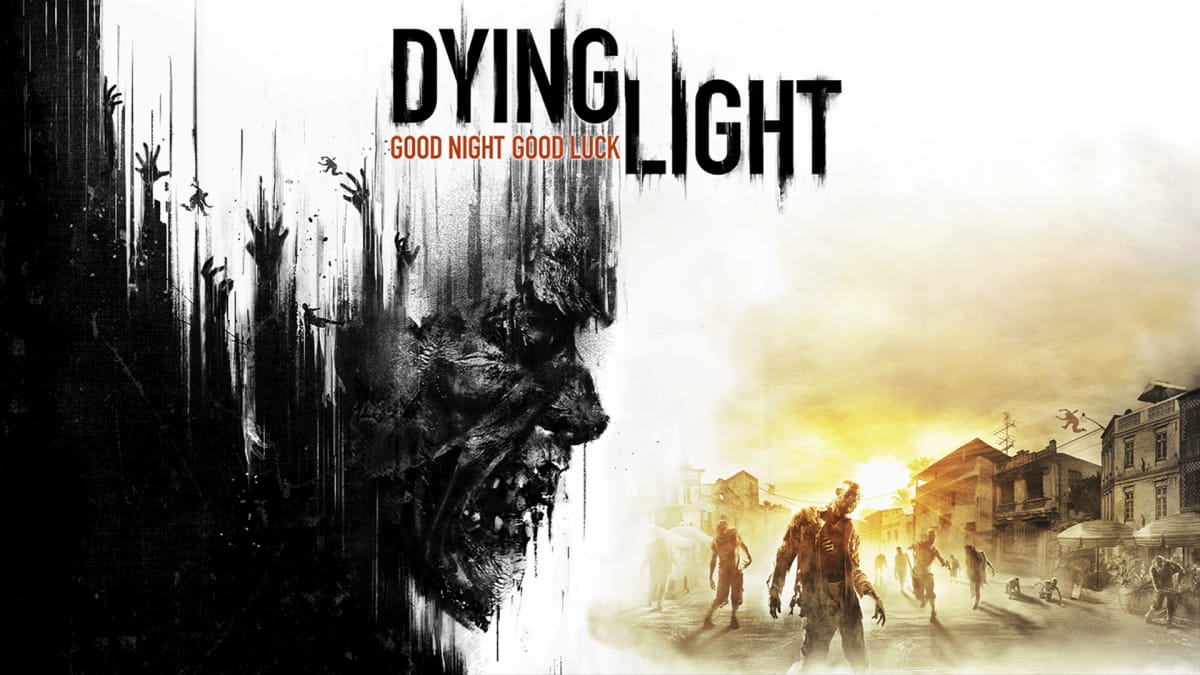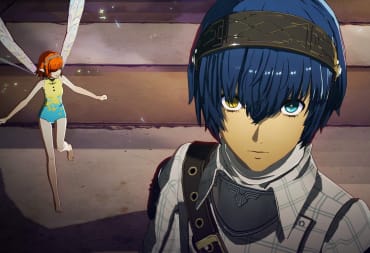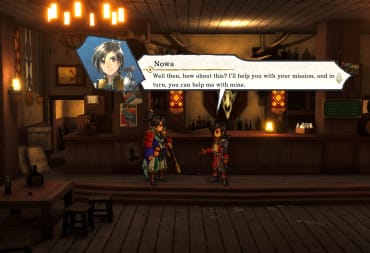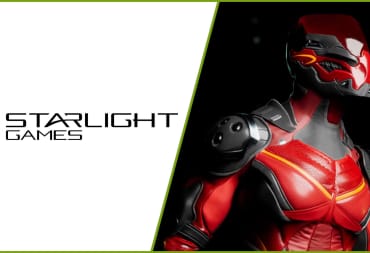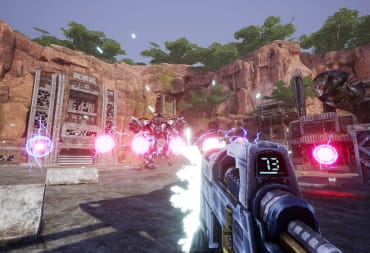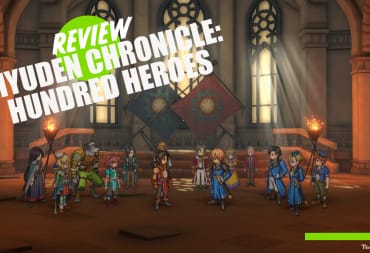Dying Light seems on the surface to be a vast improvement over what could be its predecessor, Dead Island, in many significant ways. The addition of parkour over the vast city landscape helps create a sense of childlike glee as you run up the sides of buildings, leaping from rooftop to rooftop as you make your way to your next objective. The story has some better characters that stand out a bit more, like a former kickboxing champion turned runner and her brother who's just trying to prove himself to the world. The night sections at first create a real sense of tension as you run for your life from the horrors that the night brings, knowing full well you can't take them in a fight.
Dying Light - Combat
But as the game progresses, the skin of the game starts to peel back, which starts to reveal flaws with every layer that falls off. The repetitive combat that existed in the first with the unfortunate weapon degradation, along with the bugs and glitches that will take you out of the experience in a heartbeat, remains. And when the final layer of skin falls off, you realize what you've been playing all along: an upgraded version of the original Dead Island in a new setting and with several improvements. And for some, that's exactly the kind of game that they were looking for, but for others, the game will get those old vibes from the original game.
Dying Light starts off very strong. The introduction of the main character, Kyle Crane, to the environment sets the tone as tragedy happens within the first minutes of the game. Kyle is set to descend on the town of Harran to recover a stolen file that has information that could be really dangerous in the wrong hands. But within the first several minutes, Kyle is bitten, but in this version of the Zombie Apocalypse, that's not entirely a death sentence. There's a medicine called Antizin, which can suppress the symptoms that the plague creates (think of Zombrex from the Dead Rising series), and he hooks up with The Tower and a group of survivors in the city.
What unfolds is Kyle helping out the group with their problems while attempting to find the file in the chaos of everything around him. The file seems to be with a local warlord named Rais, whose cruel and merciless nature is established very early on in the story and only gets worst as time goes on. Needless to say, the game does its best to get you to hate everything that Rais stands for, even if on some level you may relate to his methods or his ultimate goal.
Dying Light has Interesting Zombies?!
The infection portion doesn't introduce too much into zombie lore, but one thing that did stand out was the way the infected were portrayed. In several cases, the infected will actually say something, actually, yell and scream, and even huddle over in pain or fear. You can hear audio clips that make them sound distinctly human, and that adds a whole layer of things when that person who just said that all of a sudden rushes at you in a frenzied rage. To be honest, that seemed like a possible glitch early on in the game, but as the game revealed more about the storyline, it felt like that was done purposefully to give a sense of humanity to the now-infected people.
One of the first things you'll notice about the game is how good it looks. The game was run at high textures with a limited field of view (more on the reasoning of that later), and Dying Light was a wonder to take in and look at. One of the pleasures of Dying Light is just running around the rooftops and seeing which building you run into next, as there are a lot of little details that you can see in the remnants of the world left behind by the undead.
Graphically, there's not much that can be held against the game, but performance-wise, it's a different story. My experience with the performance was all over the place, but when not running recording software and playing around with the field of view slider, the game, for the most part, ran reasonably well, with a few exceptions (for example, with the setting used. it was found that getting grabbed by a biter from behind brought the game to a screeching halt, but it was worth the counterbalance of the normal frame rate during the rest of the game).
You'll want to play around with your options a lot to get the game to where you're comfortable with the performance, as depending on what's important to you, you'll need to sacrifice something that may not be as important. But on one particular note: recording software tanked the frame rate in most cases for me. FRAPS, OBS, and Camastia Recorder all suffered 10+ FPS drops, and only NVIDIA shadowplay really didn't do that much harm to the frame rate. But in that case, there would be corrupted video footage embedded in the game, which turned what was going to be a video review into a written review. Now, it could have been my system in question, so keep that in mind, as I have not heard of similar problems from others who've been looking at the game.
Dying Light - Combat, Sound Design, and Parkour
Sound design is done well, too; there are satisfying sounds of flesh ripping off an enemy that you just sliced with a machete or the crunch of bones breaking when smacking a sledgehammer against them. Breathing and running feel more realistic with the sounds that Kyle makes while running through the streets, and little touches like air escaping the gas of a canister that's about to blow do add to the immersion. The voice acting was alright, not the greatest of acting performances here, but enough to get you interested in the story and not be taken out of the experience by. The background music wasn't anything of special note here, not enough to keep it playing as opposed to your own collection in the background.
The game's strongest point, at least in the gameplay that was experienced, would be the organic discovery moments that the player runs across during his journey. For example, one of the highlights of the game for me was the first encounter with a Hazmat suit-wearing enemy, who had an oxygen canister on his back. This enemy took a lot more punishment, but the thing was, if you could get around him and hit his canister, it would start to leak, flying him into the air, and eventually explode. Which was cool, but that had been done before, right?
But what followed was the fact that the sound of the explosion drew the attention of faster runner zombies, who, at the time, could easily beat the crap out of me. So what followed was Kyle running for his life, attempting to get to a safe house while having this heard of zombies following him at every step of the way, even over buildings and railways. That's where the game shines. Running for an airdrop to get the supplies before Rias's goons do, running across a survivor who has a story to tell: the organic moments this game creates are fantastic. And those people who appreciate those little moments in gaming will enjoy them here too.
Parkour is done rather well, as the building hopping and climbing mechanics keep the pass up, even with some of the bigger items in the game to climb. It definitely adds a huge element, as going from mission to mission can be fun in and of itself. And some of the designs regarding the level will make you really consider how to use your parkour skills wisely, as the obvious path may not always be the one that gets you to your destination, and you'll have to find a different way.
And when you've leveled up enough to get the grappling hook, that definitely changes the way you move around the city. The player may find themselves relying on the grappling hook in the late game, to the point where it was getting annoying when they were taking it away from you in several missions for seemingly no reason (Kyle is too exhausted to use the grappling hook, but not exhausted enough to climb up an entire tower handhold by handhold?). If there's one addition that the game can be proud of on the Dead Island formula: it's this.
Dying Light - Night Running
The night portion, however, was slightly a mixed bag. During the night, there are stronger enemies about, and Dying Light turns into more of a stealth game, where if you are seen, it turns into a game of run for your life. The first time this is introduced, it does it particularly well, as the panic that overtakes you when you try to get back to a safe house is absolutely fantastic. But after that, it becomes a slog. Stealth works reasonably well, as the enemy AI isn't that bright and sticks with relatively safe mechanics. You earn double the points during the night as well, so hopping from rooftop to rooftop will level you up a lot quicker, and compared to the risk that the game throws at you, it is definitely worth it. Honestly, the night section really doesn't add that much to the mix.
Let's talk about the combat a bit because that's where the game starts showing signs of real cracks in the armor. The typical combat that you saw in Dead Island is back, as the various weapons that you will use can be applied against the various body parts of the undead hordes rather effectively. Body parts can be specifically targeted to the point where you'll run across specific challenges in the game that are designed to take that into account (like cutting off 30 arms from regular zombies).
In the first several hours, beating the crap out of the undead can be a blast, even with the limited weaponry and the number of hits that a zombie can take. But that will start to wear on you over time, as the main way that the game deals with improving the combat are by throwing more at you in tinier spaces. There are specially infected, which range from a spitter-like character to a charger-like character (yes, there are some similarities to Left 4 Dead in this case).
Dying Light - Human Psychos
Human enemies do add the ability to throw projectiles and blocking into the mix, but that will frustrate you more than anything else. Blocking seems to be time-based from what I see, as attempting to get through with various tactics doesn't seem to work effectively. Only when the character decides that now is the time to attack does the guard open up, and that can be really annoying on certain missions and levels. Projectiles get overlooked until you've collected enough materials to build a significant assortment of Molotovs, ninja stars, and various other items of an explosive or pointy nature. Projectiles seemed to be underpowered based on what was seen, although some of the elemental ones were rather useful in support of the melee focus elements of the game.
Skills add a bunch to the game, such as being able to drop kick an infected off a bridge (which never got old), unlocking bigger health boosts, and better barter prices. Each of the skill levels up with the appropriate actions. Survivor points are gotten for mission completions, agility points for performing parkour moves and scaling buildings, and combat for beating the crud out of the undead and enemy forces. Each skill tree definitely has a lot of worthwhile skills, and by the end game, you'll feel like a powerhouse with some of the things that you'll be able to do. Now note dying will take survivor points away as well, so there is a punishment system there, but some of the side effects from dying balanced it out where it didn't really become a factor.
Weapon degradation is back here, and while you can repair an item x amount of times, once it's out of recharges, that weapon is gone. It's a slight twist on the formula, and there are skills that can get a couple of more uses out of weapons, but in the end, it's hard to fall in love with any one weapon when you know that it could be unusable by the time you've smacked a hundred zombies in the head with it. While it goes for that realistic feel and forces you to use different weapons, it just feels unnecessary in the whole scheme of things.
Dying Light - Multiplayer
The Multiplayer didn't change much up in terms of the formula. It felt like Dead Island all over again. It seemingly made Dying Light a bit easier, as I didn't seemingly have much trouble with the zombies with friends when I might have been struggling without them. Netcode didn't show any real problems in my experience, but keep in mind that this was played with a relatively good ethernet connection that hasn't shown problems over the last couple of years (now that I've stated this expect it to go down.). Being the zombie mode feels like a cross between being a hunter and a smoker from Left 4 Dead and could get interesting for some people. It's not that unique of a mode but it does add a little bit of variety to the game options.
But remember how I say Dying Light starts off strong? You see, it's not like you won't have fun. I was able to play 32 hours of the game and didn't do every side mission, and for the most part, you will have fun with the experience. In fact, some may have a blast. But Dying Light has this feeling of just being around too long. There are a lot of missions, and there's a lot to do, but as the player goes further and further into the game, they may find themselves wondering if they really want to be playing something else at that point.
Some repetition occurs with the formula of running across town, asking to get X amount of items and coming back. Some backtracking will occur, and in with some of the sections that require long tower climbs, that can get really, really problematic. While Dying Light does its best to change up the environments and the formula behind these encounters, in the end, they are a series of fetch quests. Combat, in particular, will get old as the variety there doesn't hold up. You'll do your best to run past enemies, avoiding combat all together, which in itself can be thrilling to do.
Dying Light Stumbles in the End
The game's quality takes a reasonable dip in the latter 3rd of the game as well. Dying Light rushes to a conclusion, which it honestly felt like there were a lot more stories and time to develop some new characters, and it just ended up missing a portion of it toward the end. Like someone hit the gas pedal to get the game over with. Which was surprising, considering that like I mentioned, a player may spend a significant time in the first portions of the game. But Dying Light begins to drag over that last period, as the game only has a couple of new surprises to show you during that time. The changes of scenery that come does add a little more life into the game, but the environment does feel a lot more confined and doesn't take advantage of the free-running mechanics as much. In addition, the confined nature also lessened some of the more organic things that was occurring in terms of exploration, which is the games biggest strength.
And then there are the glitches and bugs. Now,it's not on the level of something like Assassin's Creed Unity , not at all. A significant amount of the bugs and glitches that were run into may have not noticed if someone wasn't really paying close attention to the game, like slight clipping of enemies into walls, or strange physics involving newly created dead bodies. But when Dying Light breaks.....Dying Light really breaks.
There were a couple of times that Kyle was able to get out of the map, especially in some of the more compact places in the game. There was one particular side mission that I was able to recreate a bug that if the player failed the mission twice in a row, the player was given no prompts after they exited the challenge for ANYTHING in the world, forcing me to restart. Dying Light does have a load of issues in that department, and while in the most part it actually made the game more comical, it could really frustrate when a particular glitch occurred in the wrong place.
Also, dying seems to have this weird system to it. Sometimes, dying was in fact beneficial for getting me to some objective faster. For example, highlighting a quest fully across the map, dying half way towards that destination, only to be spawned right in front of the quest mark in question, or very close to it. The games determination on where you spawn after death is very, very strange, sometimes to the point where it skips you past certain parts of the parkour and terrain navigation.
The Verdict
In the end, Dying Light was a bunch of fun to play, and if you like exploring and want a bit more out of Dead Island, you definitely can get a great experience out of it. If you weren't a fan of Dead Island, then Dying Light doesn't do too much different to stand out, as some of the same basic problems exist at a fundamental level. But you will get your money's worth in terms of content with this game, as a long list of various things to do and shenanigans to get into will keep zombie lovers playing through this game a couple of times over.
TechRaptor reviewed Dying Light on PC via Steam with a code provided by the developer. It is also available on PS3, Xbox 360, PS4, and Xbox One. This review was originally published on 02-04-2015. While care has been taken to update the piece to reflect our modern style guidelines, some of the information may be out of date. We've left pieces like this as they were to reflect the original authors' opinions and for historical context.
Review Summary
Have a tip, or want to point out something we missed? Leave a Comment or e-mail us at tips@techraptor.net
